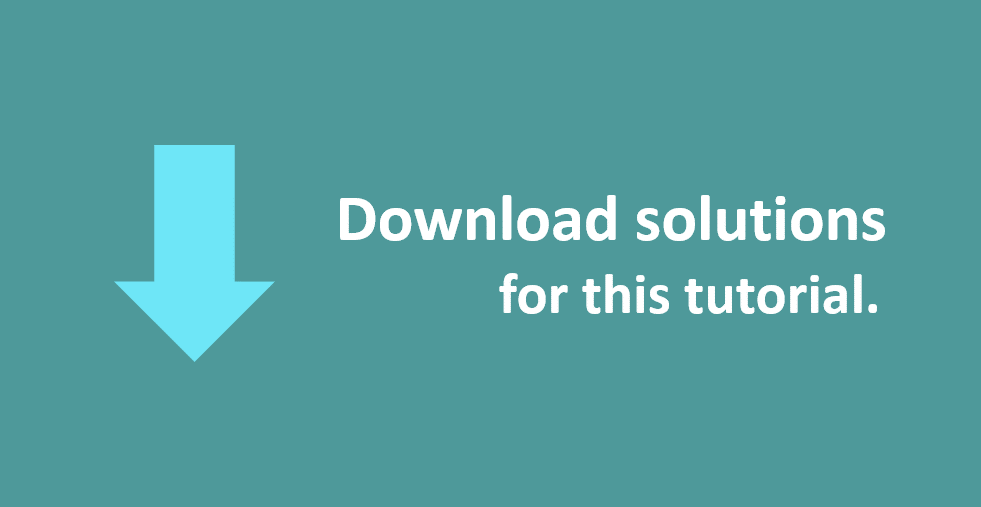In this tutorial you will learn the basics of C++ and how to use templates. This will allow you to write a simple C++ program that you will then compile. The program will be a Visual Studio console application
About this Tutorial –
Objectives –
This course is aimed at students who need to get up to speed in C++. The course introduces object-oriented concepts and shows how they are implemented in C++. The course does not require awareness or familiarity with object-oriented programming techniques, but programming experience would be useful but not necessarily required.
Audience
Students who are new to object orientation (or programming) and need to learn C++.
Prerequisites
No previous experience in C++ programming is required. But any experience you do have in programming will help. Also no experience in Visual Studio is required. But again any experience you do have with programming development environments will be a valuable.
Experience using a contemporary OO language such as Java or C# would be useful but is not required.
Contents
The C++ course covers these topics and more:
- Introduction to C++: Key features of C++; Defining variables; Formulating expressions and statements; Built-in data types; Console input/output
- Operators and types: Assignment; Compound Assignment; Increment and decrement operators; Const declarations; Type conversions
- Going Further with Data Types: Enumerations; Arrays; Using the standard vector class; Using the standard string class; Structures
Quick Access
Overview
Estimated Time – 0.5 Hours
Lab 1: Template functions
Lab 2: Template classes
Copyright © 2016 TalkIT®


If you would like to see more content like this in the future, please fill-in our quick survey.